| BEFORE II W.W. | II W.W.
|
AFTER II W.W. |
| UPDATED MAR 2024 | ME - CONTACT |
 |
|
MESSERSCHMITT BF 109 - JUNGHANS BO-UK-1 |
|
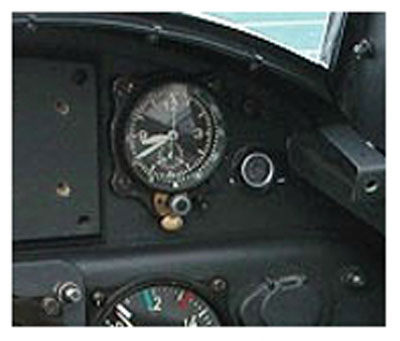 |
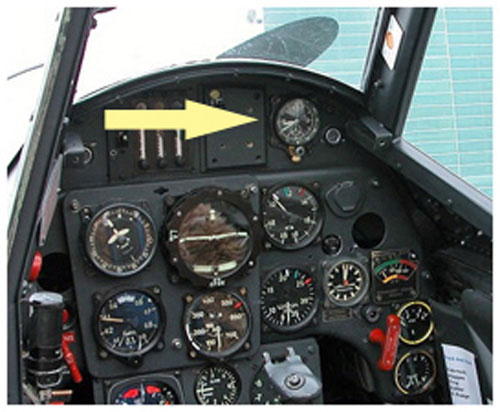 |
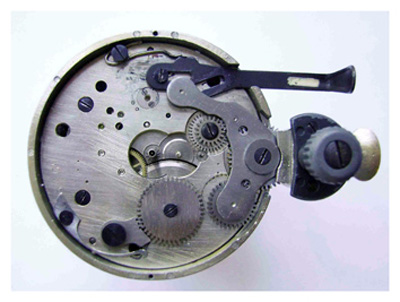 |
|
THE CLOCK
Since before the Second World War Germany’s clock production was self-sufficient, so, when the production of airplanes, tanks, trucks… was reaching the top they did not need to import CLOCKS. The Bo-Uk-FI 23885 Blindfluguhr (blind-flight or instrumental flight), made by Junghans, was designed for low visibility flight. It provided all the necessary abouy time in an airplane,
This clock was so valuable, that pilots were instructed to remove it and the gunsight if they have time, after a emergency landing, before leaving the plane or wreckage. During the time Me 109 was built, 5 models of this clock were used, going from brass bezel and knobs, to bakelite ones.
The Bo UK 1 has power for 36 hours, 11 jewels, and a 30BZ caliber. Here we have 4 of the 5 versions of the clock. |
|
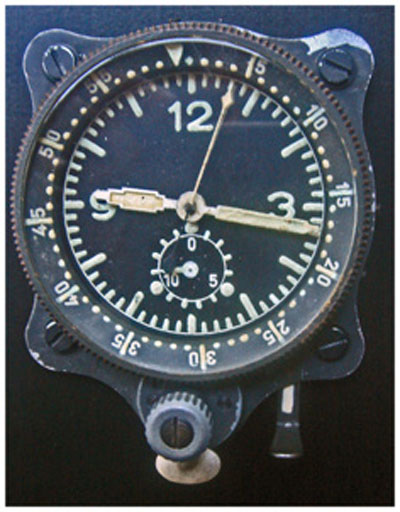 |
|
|
|
|
|
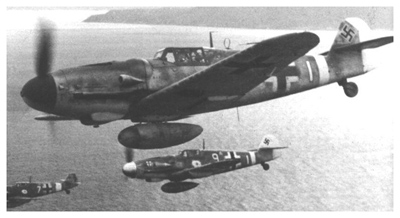 |
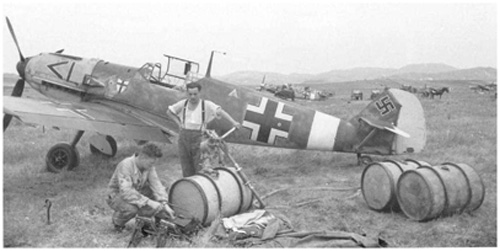 |
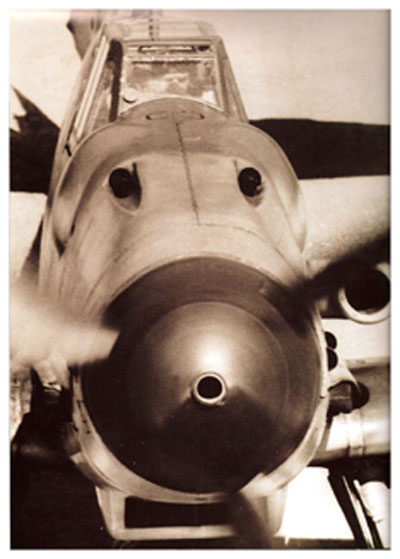 |
THE AIRPLANEThis clock equipped practically all the German airplanes from the Second World War. It was used in the Stuka, the Focke Wulf 190, He 111, etc. I have chosen the Messereschmitt 109 because it was the main fighter used by the Germans during the Second World War. Over 30.000 of them were built.Its superiority over the Spitfires, Hurricanes and the rest of the fighters at the beginning of the Second World War was obvious until the Battle of Britain in 1940. The main problem of the Me 109 during the battle was its range. It could reach London but it could only fight over London for 20 minutes. The Spitfires attacked them during their return to base, when they were short of fuel. The new versions of the Spitfire and the Hurricane were better than the new versions of the Bf 109 mainly below 15.000 feet (4.500 meters). Below this height, missions of support to terrestrial troops, or support to stukas, or low altitud bombing, the Me 109 was clearly in disadvantage. So Me 109 were used as an escort for strategic bombers, and later as a bomber.In spite of Stukas were escorted by the Me 109, but they were so vulnerable while diving and bombing, and had so catastrophic losses, that Stuka were withdrawn in August of 1940. In 1942, when B-17 and B-24 masive bombing began, the weaponry of the Bf 109, two 7.9 mm machineguns over the propeller and a 20 mm cannon (see the picture of the cannon in the centre through the axle) were obviously insufficient. 20 shots were needed to knock down one of these bombers. In the next versions, they incorporated a 30mm cannon under the wings. The drag and weith of this cannon limited the speed and the maneuverability of the Me 109, increasing the disadvantage against spitfire.THE COCKPITIn the cockpit, everything was well organized and placed, instruments were very good. Possibly this cockpit has been the smallest ever built for a fighter. The pilot would sit on top of the fuel tank. A yellow tube goes through right side of the cockpit and leads the fuel to the engine. It had a transparent part so the pilot could make sure the fuel flows towards the engine.The back end of the 20 mm cannon was situated between the pedals. The landing gear was operated by a single button under the throttle. It didn’t have the normal lever to activate the landing gear. |
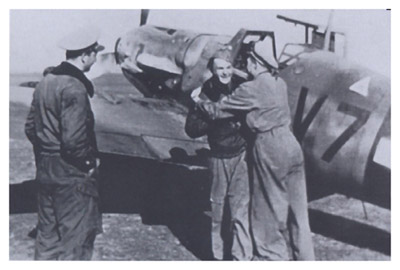 |
|
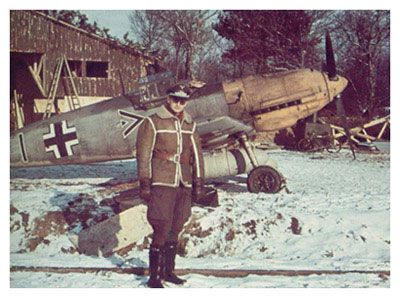 |
|
|
SEE COCKPIT Me 109 LARGER |
|
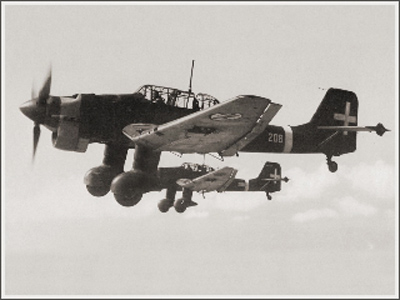 |
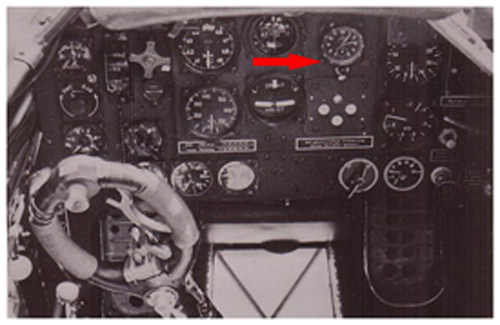 |
JU 87 STUKA - SEE COCKPIT LARGER |
|
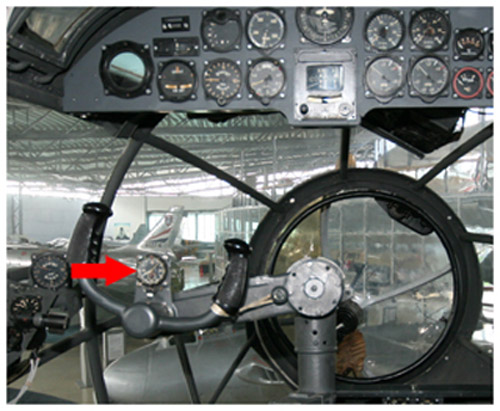 |
|
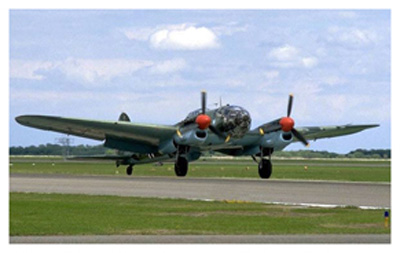 |
|
HEINKEL 111 - SEE COCKPIT LARGER |
|
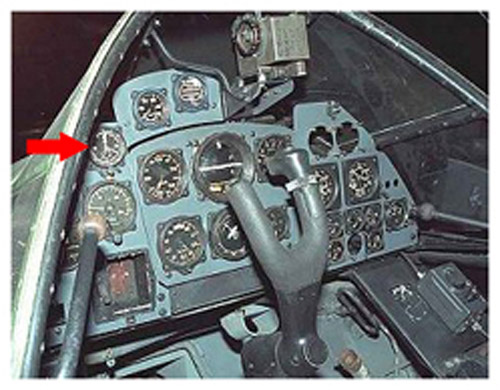 |
|
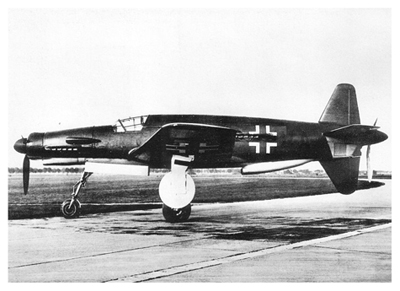 |
|
DORNIER 335 - SEE COCKPIT LARGER |
|
HISTORY OF THE ACES OF THE ME 109 |
|
Adolf Galland, first ace of the western air force.104 knock downs. |
Ace of Aces, Erich Hartman. Eastern ais force352 knock downs. |
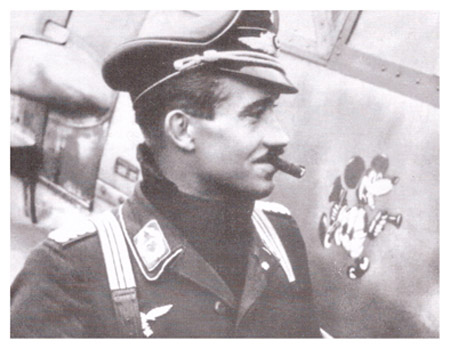 |
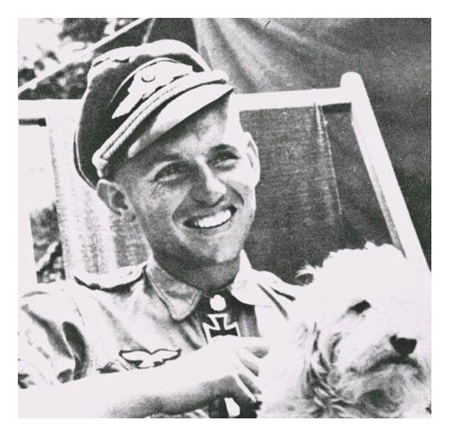 |
Adolf Galland relate in his book “The first and the last”, he was invited to Commandant´s birthday party in Calais, he flew his best Me109F with lobsters and champagne in the back of the seat for the party, on the way to Le Touquet coming from Britain, Adolf and his mate did a small and private visit to the island were they knocked down 3 Spitfires, while escaping from a whole squadron he realized that his airplane was slower than the one of his mate. When he was about to land he realized that people from land were sending strange signals and shooting off red signs. Then he understood that in the middle of combat he had accidentally lowered the landing gear. When he has about to land, he activated the landing gear control rising the undercarriage instead of lowereing. He almost land without it, but the worst he had been fighting with the gear down!! From the book "THE FIRST AND THE LAST" by Adolf Galland , he started the war flying Me 109, and ends it flying Me 262 (first jet oh aviation history), very recomended book. |
|
He is the mayor Ace of all times, caused so much damage that the Russian government offer a 50.000$ reward for his death. His logo was a red bleeding heart with an arrow going through it. It was the most feared of the German air force.He completed 1.400 missions.He was knocked down 16 times, 8 of them because he crashed into pieces of other airplanes he had shot down.He said his technique was to shoot from so close that his windshield was almost part of the other airplane. |
|
GO TO - CLOCKS FOR SALE |
GO TOP OF THE PAGE |
HOME |